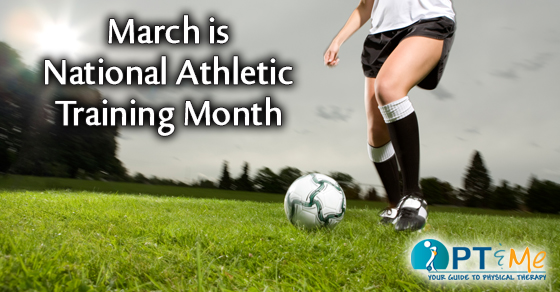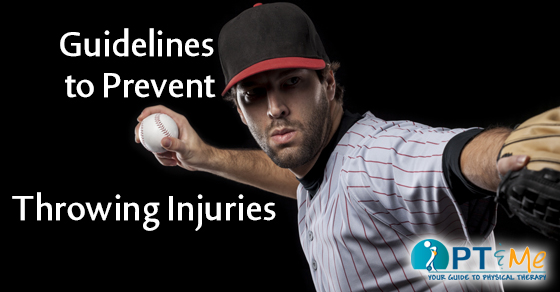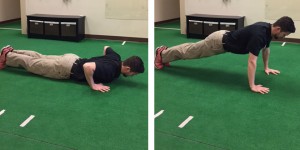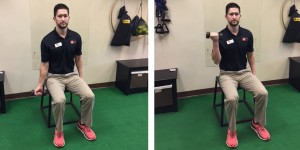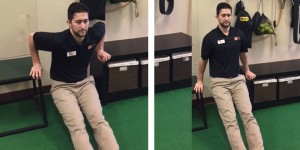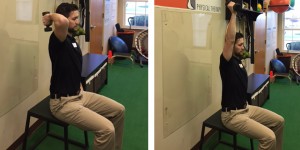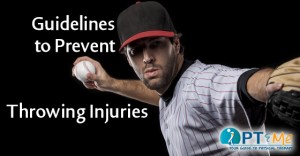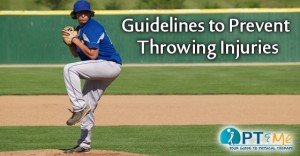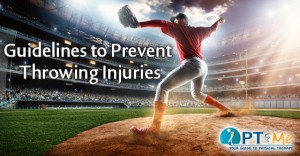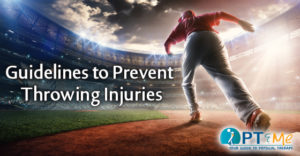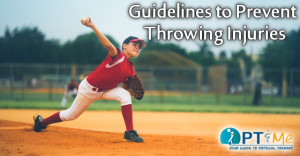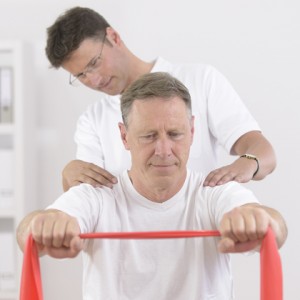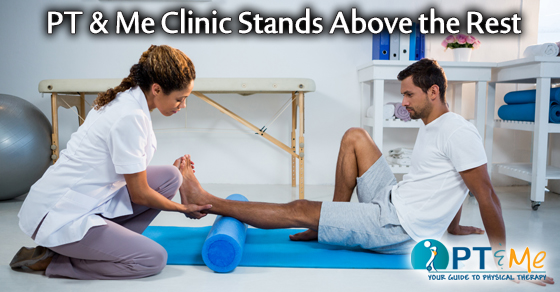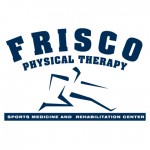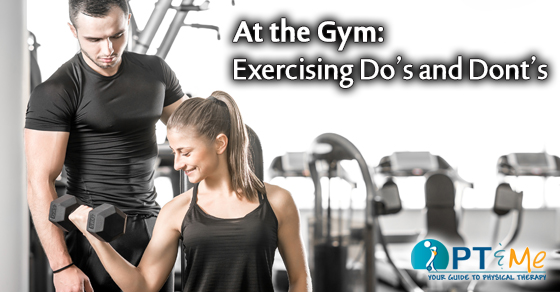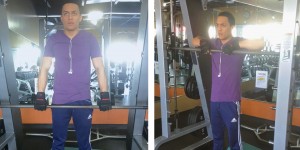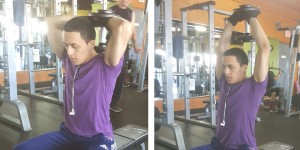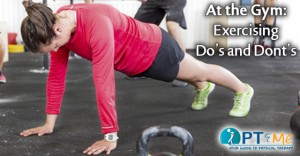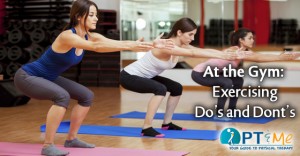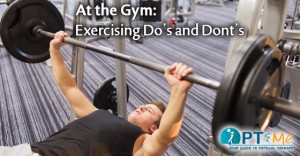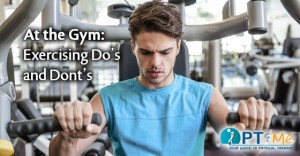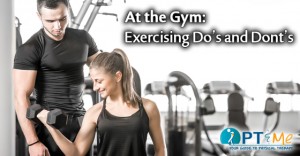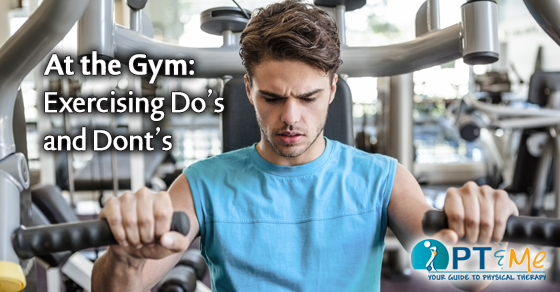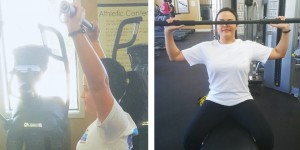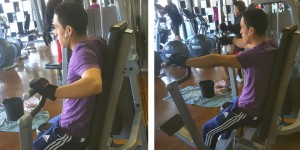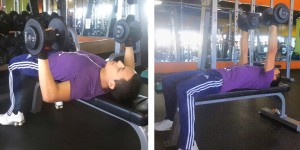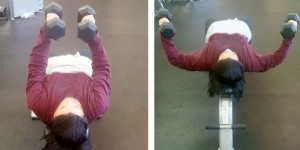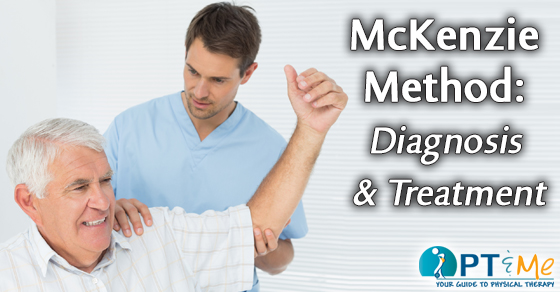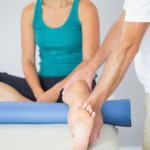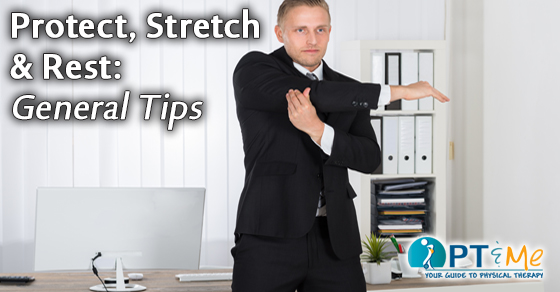March is National Athletic Training Month! Your protection is our top priority. Athletic trainers are health care for life and sport.
Athletic trainers specialize in patient education, injury prevention, and are an athlete’s first line of defense from the time of injury to recovery. Athletic trainers work closely with coaches and parents and may refer athletes to other health care professionals such as physicians, physical therapists and surgeons when needed.
What is an Athletic Trainer?
Athletic trainers hold at least a four year degree from a BOC (Board of Certification) accredited institution. they are licensed, certified health care professionals working with athletes on and off the field. Generally they are the first responders when injuries occur during sporting events.
Athletic trainers work closely with coaches and parents and will refer athletes to other health care professionals such as physicians, physical therapists and surgeons when needed.
Athletic trainers hours are determined by sports schedules. Typically they are available after school and stay until sporting events have concluded.
For more information about our athletic trainers, and what they do visit NATA’s websites at: www.nata.org or www.atyourownrisk.org

